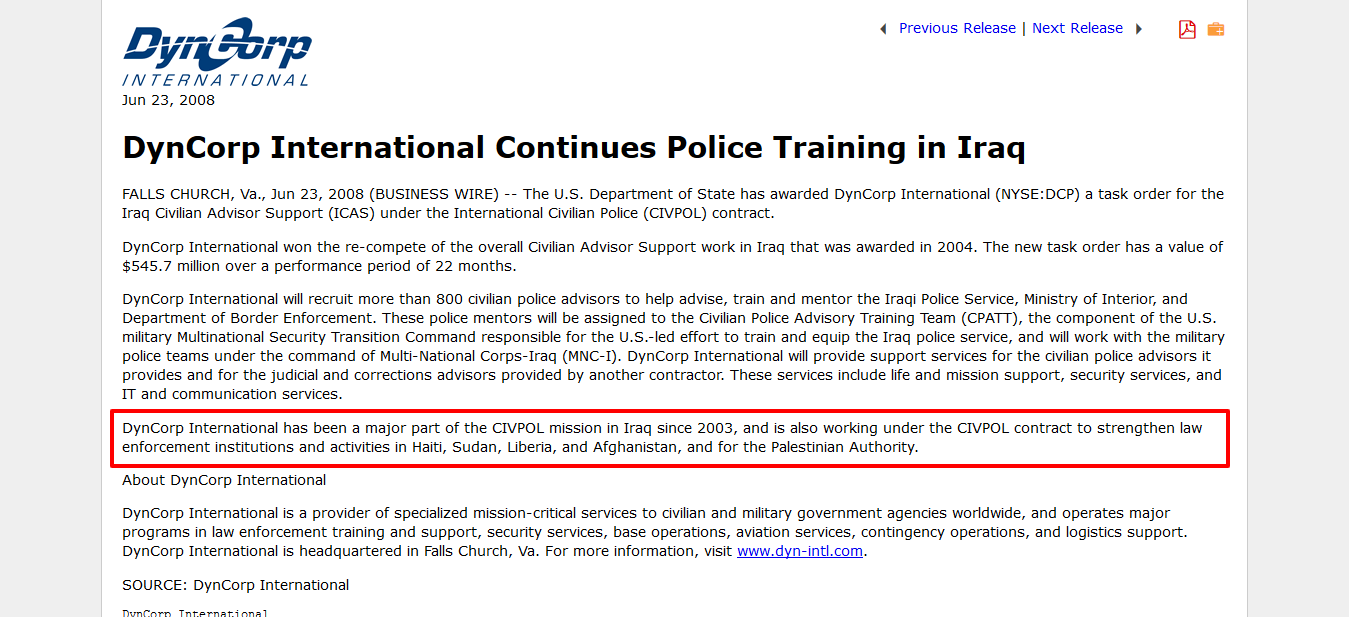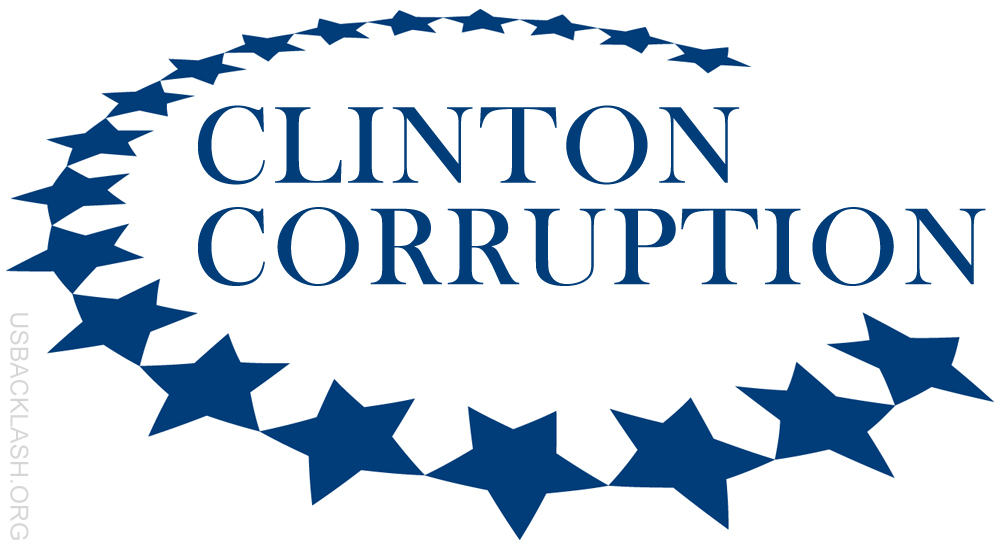
Here's my question: What kind of genius loses 6 billion dollars?
In Part 1, we discovered that from 2007-2013 the position of Inspector General of the State Department was left vacant which seriously weakened the leadership of the Office of the Inspector General (OIG) as well as oversight at the department.
When the position was finally filled after almost 6 years without an Inspector General (IG), the new IG Steven Linick immediately got to work issuing several “Management Alerts” regarding the lack of adequate controls at the State Department during Hillary Clinton’s tenure.
OIG Management Alert
On March 20th, 2014, the Office of the Inspector General sent a summary of several audits it had conducted of the State Department to long-time Clinton staffer Patrick Kennedy. The report outlined serious concerns about the issuing and handling of grants and contracts.
OIG Management Alert PDF: https://oig.state.gov/system/files/224580.pdf
The ‘Alert’ sharply criticized the growing amount of grants issued by the state department and serious deficiencies in official record keeping practices.
“In FY 2012, the Department obligated more than $1.6 billion for approximately 14,000 grants and cooperative agreements worldwide,” Linick reported. “The Office of Inspector General … and other oversight agencies have identified a number of significant deficiencies in the grant-management process.
“Audits conducted by OIG have reported similar deficiencies, including insufficient oversight caused by too few staff managing too many grants, insufficient training of grant officials, and inadequate documentation and closeout of grant activities,” he added.
An unwillingness to address the problems identified by the report is nothing new and predate the Obama administration. Still, the IG recommended:
In response to the agency’s failings in this area, the IG suggested that the agency take "immediate action" to fix its "unacceptable lack of internal control" in regard to the grants program, which exposes the agency to "significant financial risk.”
Source: The Washington Examiner
The picture of the state department painted by the IG is one of systemic mismanagement, lack of controls, understaffed and undertrained personnel, absence of oversight and widespread unaccountability.
Missing Billions

As they say the devil is in the details. The OIG’s letter to senior Clinton staffer Patrick Kennedy states:

A total of 33 of 115 contracts are classified as ‘missing’ accounting for $2.1 billion, another separate $2.1 billion in contracts is untraceable due to 48 ‘incomplete files’, while still two more contracts worth $1 billion each were deemed to be ‘not accessible, complete or maintained’.
.png)
Mention here of CIVPOL and the Bureau of International Narcotics Law Enforcement Affairs may ring some bells for those familiar with US military contractors. Although there's no direct evidence here, DynCorp International can be connected to numerous government contracts in support of (civilian police training) CIVPOL and BINLEA. DynCorp International has been involved with CIVPOL contracts since 2003.

.png)
These DynCorp press releases indicate that DynCorp had ongoing government contracts training civilian police CIVPOL and could potentially be involved in at least one of the 'missing/incomplete' billion dollar contracts.
The OIG audit concluded that mismanagement at the State Department:
“Creates conditions conducive to fraud”
.png)

Just where did 6 billion dollars go? We will probably never get a complete answer on this point. It is reminiscent of the $2.3 trillion that disappeared from the pentagon, announced by Donald Rumsfeld on Sept. 10, 2001. It was news for barely 24hrs before ‘terrorism’, ‘al-queda’ and ‘Bin Laden’ wiped it from popular memory.
The State Department and the Clinton Foundation

In many ways, the missing billions at Hillary Clinton’s State Department mirrors the Haitian disaster relief funding that never arrived in the poverty stricken Caribbean nation. Through the Clinton Foundation and the various organs of the US State Department such as USAID, the Clinton’s spearheaded the international relief effort in response to the 2010 earthquake that devastated Haiti. Bill Clinton was named as head of the UN Special Envoy to Haiti.
Over $9 billion in public and private donations were raised in response to the disaster, however much of the money remains unaccounted for. In 2013, the Guardian reported that:
Official bilateral and multilateral donors pledged $13bn and, according to the UN Office of the Special Envoy for Haiti, almost 50% of these pledges ($6bn) have been disbursed. Private donations are estimated at $3bn.
Where has all the money gone? Three years after the quake, we do not really know how the money was spent, how many Haitians were reached, or whether the desired outcomes were achieved.
By 2016, the situation in Haiti remained much the same, though a growing number of Haitians pointed to the corrupt Clintons and their empty promises.
Among the litany of complaints being laid at their feet: Fewer than half the jobs promised at the industrial park, built after 366 farmers were evicted from their lands, have materialized. Many millions of dollars earmarked for relief efforts have yet to be spent. Mrs. Clinton’s brother Tony Rodham has turned up in business ventures on the island, setting off speculation about insider deals.
The Clintons saw the earthquake in Haiti as an opportunity to implement economic reforms with the goal of transforming Haiti into a garment producing center for the US market. The cornerstone of the reconstruction/development plan was the Caracol Industrial Park.
An argument can certainly be made that some level of corruption is practically inevitable in large bureaucratic institutions, yet the level of ineptitude and absence of any accountability is mind numbing. The systemic mismanagement almost seems deliberate, as if by design. As laid out in the OIG audit of the State Department, the absence of oversight throughout the department,